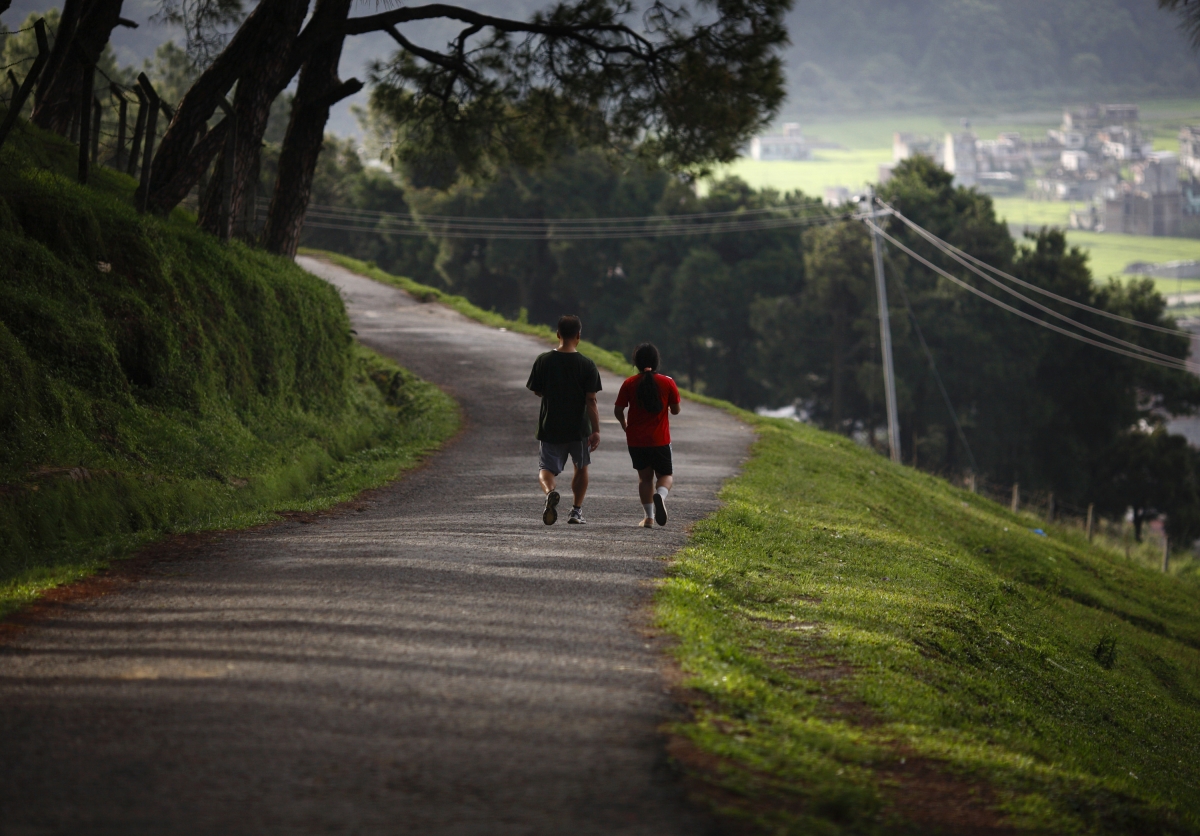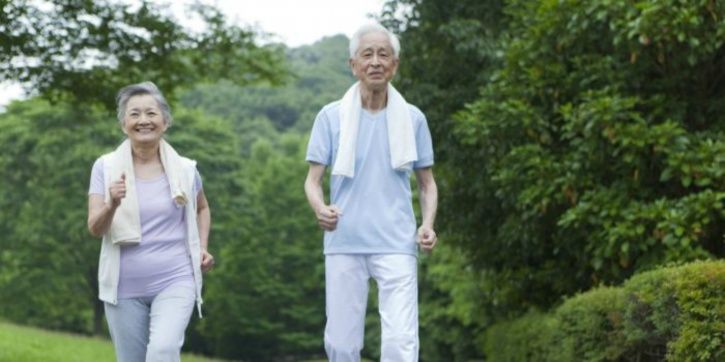


For example, brisk walking, jogging, swimming, cycling, dancing, badminton, tennis, etc. Moderate-intensity physical activity, as explained above, means that people get warm, mildly out of breath and mildly sweaty.For example, cycling to work and back for 15 minutes each way adds up to 30 minutes. 30 minutes at least is ideal but this does not have to be done all at once.


To gain health benefits, government experts in the UK suggest that people should do at least 30 minutes of moderate-intensity physical activity on most days of the week. Older adults should aim to be active daily and, if possible, aim for the same amount of physical activity as younger adults.Īerobic activities are any activity that makes the heart and lungs work harder.Some physical activity is better than none and more physical activity provides greater health benefits. Older adults who participate in any amount of physical activity gain some health benefits.Comparable benefits can be achieved by 75 minutes of vigorous-intensity activity spread across the week or combinations of moderate-intensity and vigorous-intensity activity.For example, 30 minutes on at least five days a week. Over a week, activity should add up to at least 150 minutes (2½ hours) of moderate-intensity activity in bouts of 10 minutes or more.Vigorous-intensity activities, including those that strengthen muscle and bone, should be incorporated at least three days a week.For example, a mixture of play, physical education (PE) at school, games, dance, cycling, a brisk walk to school, sports, various outdoor activities, etc. This can be made up from various shorter sessions and a mixture of different activities. Moderate- to vigorous-intensity physical activity for at least 60 minutes and up to several hours every day.Children of preschool age who are capable of walking unaided should be physically active daily for at least 180 minutes (three hours), spread throughout the day.Ĭhildren and young people (aged 5-18 years).Physical activity in young children shouldn't need to be encouraged as it comes naturally! However, it is still important to allow young children play from birth, particularly through floor-based play and water-based activities in safe environments.Vigorous-intensity activity will usually make people breathe very hard so they feel short of breath, make their heartbeat quickly and mean they will be unable to carry on a conversation - for example, running or cycling fast or uphill.Moderate-intensity activity means an activity that causes breathing to be a bit faster, makes people feel a bit warmer and notice their heart beating faster - for example, walking briskly.However the more that is done, the greater the benefits. There is good evidence that if someone is currently not active at all, taking a brisk walk for 10 minutes a day brings health benefits. Current recommendationsĭuring the daytime, all age groups should minimise the amount of time spent sitting (being sedentary). The sedentary nature of modern, busy lives makes it difficult for many to find the time for enough exercise to benefit their health but it is important to try to make physical activity part of everyday life.Īdults should aim to do a mixture of aerobic activities and muscle-strengthening activities. Lifestyles have changed over time, and people in the UK are 20% less active now than they were in the 1960s, walking on average 15 miles less a year than two decades ago. In the UK over 6.3 million adults (about 4 out of 10) aged 40 to 60 do not achieve 10 minutes of continuous brisk walking over the course of a month and are missing out on important health benefits. How much physical activity should you do?


 0 kommentar(er)
0 kommentar(er)
